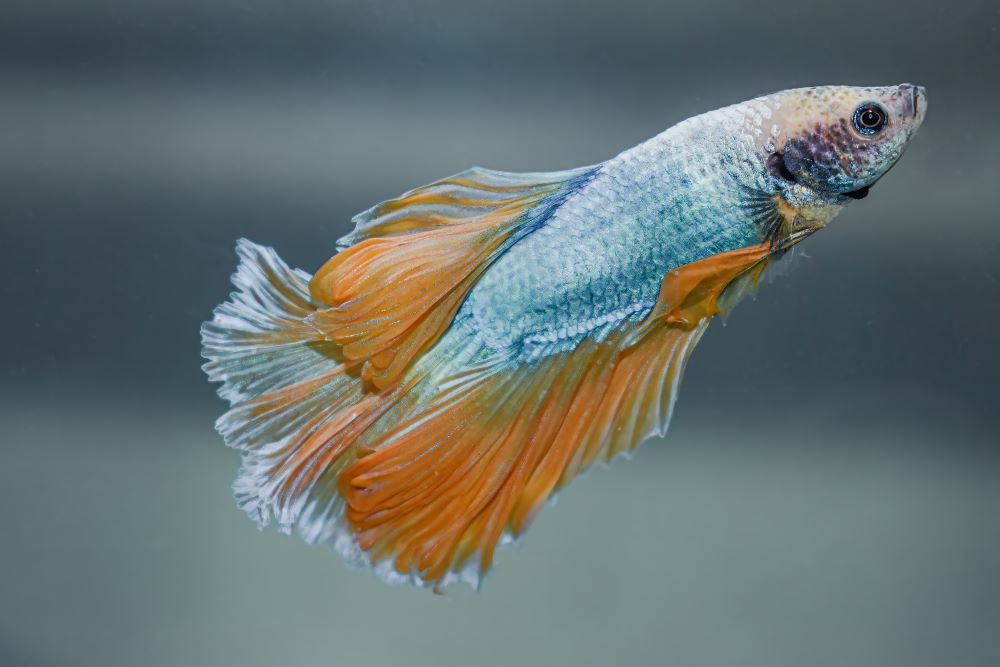Suppose you’ve been a betta aquarist for a while. In that case, you certainly know how much emphasis is usually placed on mimicking the natural environment of this species. The reason for this emphasis is reasonably intuitive.
Physiologically and mentally, bettas are most at home in their natural habitat, so it makes sense for their aquarium home to mimic that. Do it right, and you will have happy, thriving fish gracing your aquarium. Do it wrong, and you have a moody and unhealthy betta who’s not fun to be around.
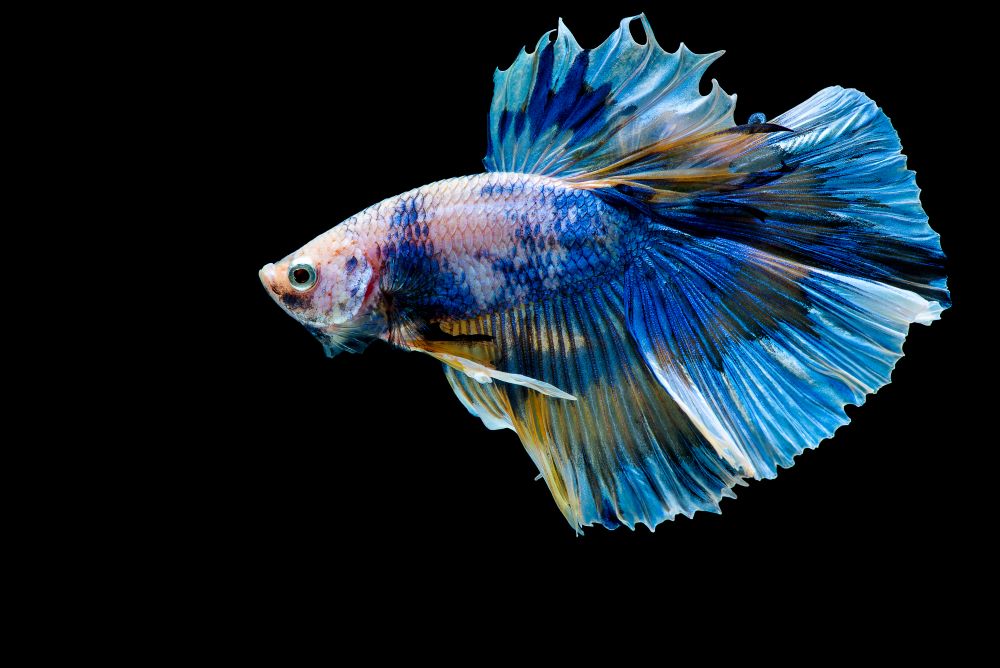
In this article, I aim to provide all the insight you need into the surroundings your betta fish comes from and favors. I’ll also talk about how Betta fish behave in their natural habitat so you know what to expect if you’ve reproduced it well. Thus, let’s dawdle no further and get right to it.
Contents
Natural Habitat and Ecosystem
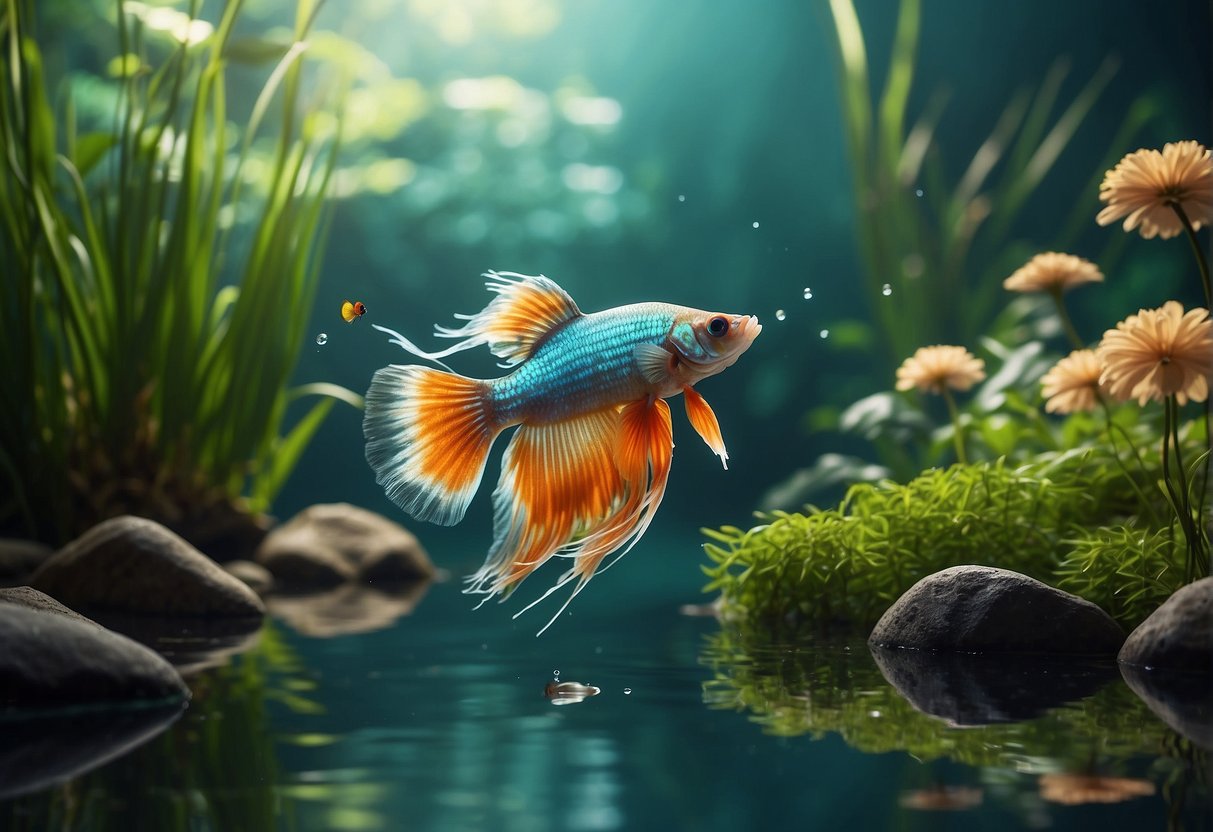
Exploring the wild origins of betta fish, or Betta splendens, reveals a fascinating tapestry of natural habitats across Southeast Asia. These environments are crucial for their survival, setting the stage for their adaptive behavior and physiological needs.
Wild Bettas Distribution
Otherwise known as the Siamese fighting fish, bettas are predominantly found in several Southeast Asian countries, including Thailand, Indonesia, Malaysia, and Laos. Their presence in these regions shows their adaptation pattern to diverse freshwater ecosystems.
Indeed, wild bettas are much unlike their domesticated counterparts in this regard, being able to exist in wild habitats that an amateur aquarist may not necessarily be familiar with.
Habitats Characteristics
The common denominator across the various environments where wild betta fish can be found is slow-moving waters. Such waters are found in rice paddies, small ponds, and ditches rich in aquatic vegetation.
These environments offer an abundance of food sources and shelter, critical for their sustenance and protection. They’re typically partitioned by dense plant life, which provides natural barriers to foster the betta’s territorial behavior.
Climate and Water Conditions
Like most types of fish, wild bettas require a range of water parameters to survive and ideal climate conditions. Betta fish are tropical animals that live under high humidity and frequent rainfall, and the water in which they live must be warm, hovering between 75 and 86 degrees Fahrenheit.
Water acidity is also important; the water in which bettas live must range from slightly acidic to neutral, from 6.5 to 7.0 on the scale. In the natural habitat, this acidity is often due to the presence of dead and decomposing plant matter.
Understand your betta buddies more for optimal care with these top posts:
- Betta Fish Care Essentials
- How Long Can a Betta Fish Go Without Food?
- Can Betta Fish Survive in Tap Water?
Physical Characteristics and Species Variations

While there are many species of bettas within the greater genus, we’re concerned with the species known as Betta splendens. This group has many subspecies, making it a very diverse species with populations displaying a variety of traits.
This section will discuss this diversity concerning the variety of colorations, patterns, and survival-enhancing traits the species’ populations display.
Appearance Diversity
Visual appearance is the trait that is most diverse among betta fish. They display an astonishing variety of colors, ranging from vibrant shades of red, blue, and green to subtle colors like brown and cream. Patterns across these colors can range from uniform hues to complex marbling and speckling, contributing to their stunning appearance.
For instance, Betta smaragdina, also known as the Emerald Betta, exhibits a radiant green sheen, while Betta mahachaiensis is known for its deep blue-green body and red fins. Then, there’s Betta albimarginata with its white-edged fins and Betta brownorum with its bright blue body and red fins.
Betta miniopinna and Betta uberis are not as famous as the others. Still, most veteran aquarists can identify them by the unique color patterns of their species.
Other relevant elements of physical appearance exist, some of which may go hand in hand with unique coloration. For example, Betta macrostoma, often hailed for its large mouth, is strikingly contrasted with its orange body and black throat area.
Adaptations for Survival
Betta fish have various adaptations that serve their survival in the wild. One such trait is the labyrinth organ, which allows species like Betta imbellis, the peaceful betta, to breathe atmospheric air and survive in low-oxygen environments. Similarly, their aggressive behavior ensures they can defend territories and secure resources effectively.
This aggressive tendency is more pronounced in males than females and in some species than others. For example, if your male betta seems especially aggressive, chances are you’ve gotten yourself a member of Betta pugnax, one of the most aggressive subspecies.
Some species have developed specific traits suited to their specific habitats. For example, Betta coccina, which thrives in dark, acidic waters, has a reduced body size and color that provides camouflage. Betta persephone is known for surviving in particularly harsh environments with minimal water.
Betta channoides and Betta burdigala exhibit a preference for soft, acidic water, conditions to which their physiologies have adapted. Some subspecies have unique breeding behaviors to improve their reproductive success, such as Betta hendra and Betta ocellata with their bubble-nesting. Meanwhile, Betta anabatoides distinguishes itself with its elongated body and preference for flowing streams.
Diet and Feeding Behavior
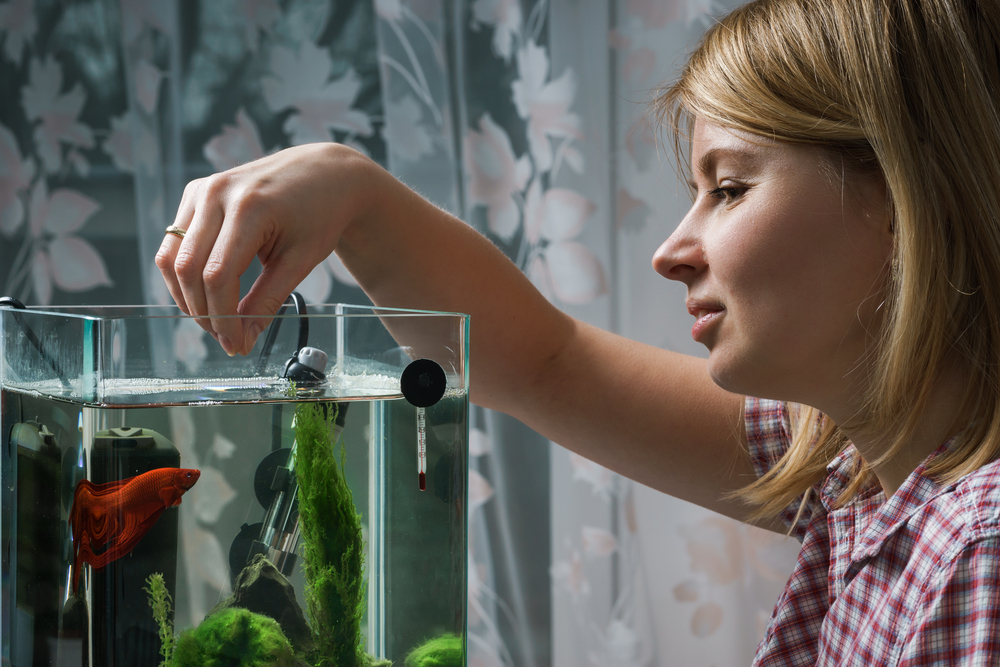
Betta fish are relatively specialized eaters in their natural habitat. While prey to some bigger animals in the water, they are hunters themselves. Their digestive systems and feeding behaviors, which we will now treat in detail, have naturally been adapted for this carnivorous feeding style.
Natural Prey
Betta fish diet generally consists of smaller animals they can eat, mainly insects and larvae. Their natural environment often contains loads of mosquito larvae, so it’s become a staple for them.
However, betta fish still leverage a few other food sources, such as small worms and crustaceans. Sometimes, all these may be hard to find, and in such situations, bettas tend to feed on available plankton.
Feeding Mechanisms
Betta fish have an interesting eating method known as the “gulp-and-suck” method. This method affords them remarkable speed and efficiency, especially when capturing prey on the water surface. Such prey are often insects that land on the water.
You may notice the Betta’s mouth’s upturned orientation. This evolutionary adaptation increases the efficiency of its feeding method, allowing it to surface-feed well.
Reproduction and Lifecycle
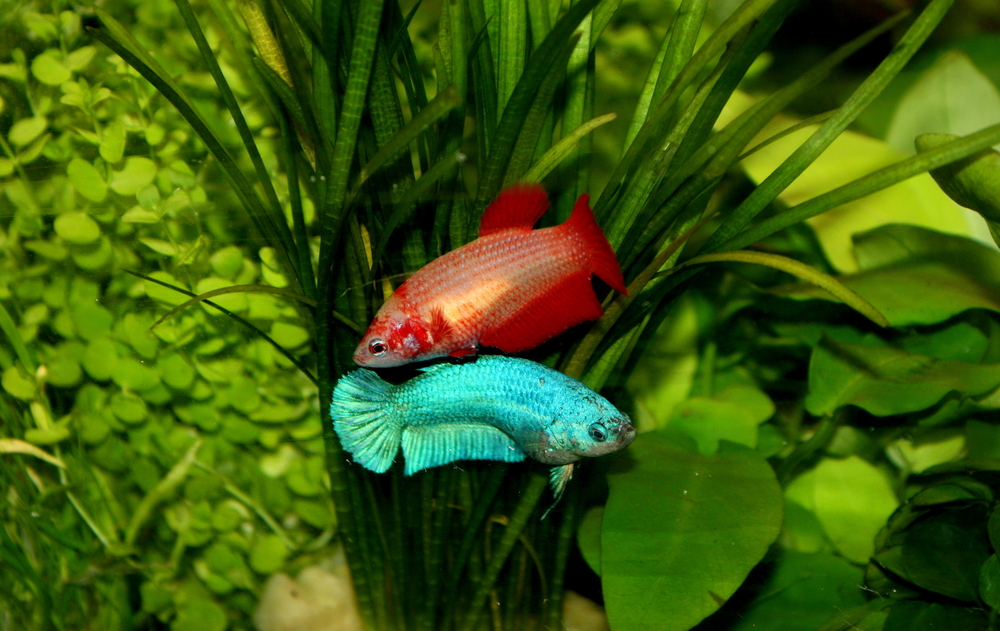
In the wild, betta fish exhibit fascinating breeding rituals and a complex lifecycle that contributes to their species’ survival. The process from spawning to mature adulthood is quite intricate, characterized by unique reproductive behavior and rapid fry development.
Breeding Habits
In mating, as in many other species, the male of the betta species plays a proactive role. It does this by building bubble nests for the prospective fry. When ready to spawn, it will display its vibrant colors to attract females.
The actual spawning involves an elaborate courtship dance where the male wraps his body around the female’s, triggering the release of eggs. Afterward, the male collects the eggs in his mouth and places them into the bubble nest. This behavior ensures that the eggs remain oxygenated and safe from predators.
Fry Development
Upon hatching, the betta fry depends entirely on the nest for protection, as they cannot swim and require a few days to absorb their yolk sacs. The first weeks of a fry’s life are critical, as many critical things happen during this period.
For example, the fry undergoes rapid growth, for which they need a lot of nutrients. The male diligently tends to the nest during this period, returning any fallen fry to the safety of the bubbles. As the fry grows up, they start free swimming and show signs of the vibrant colors for which the species is so popular.
Social Behavior and Territoriality
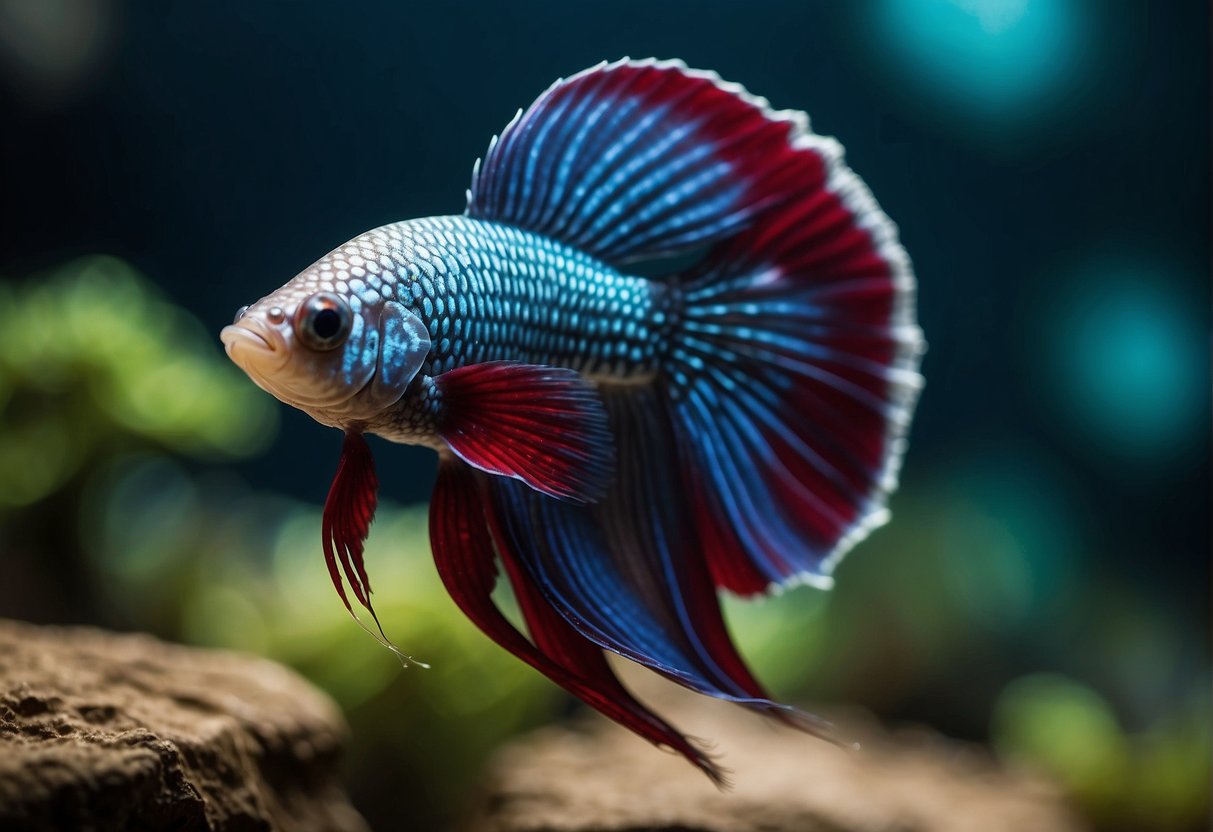
Betta fish are fascinating creatures with complex behaviors, especially in terms of how they interact with each other. One of their most well-known behavioral tendencies is their aggression, which they display for various reasons.
Aggression and Peaceful Coexistence
Bettas are generally quite aggressive fish, and that tendency is more pronounced in the wild, where there is no shortage of reasons to flare up.
For example, betta fish are jealous territorial guards in the wild, regularly dealing with challenges to their territorial claim. When a male betta perceives a threat to his domain, he will not hesitate to flare his gills, spread his fins, and showcase vivid colors to intimidate the intruder.
Aggression can escalate to physical confrontation if the intruder doesn’t take the hint and back off, with both males nipping belligerently at each other’s fins.
Despite this tendency towards aggression, bettas are still capable of peaceful coexistence when the circumstances are right. For example, bettas tend to be more peaceful neighbors when resources are abundant, and territories are well-established and respected.
Territorial Displays
Territoriality in betta fish is most pronounced among males, who will vigorously guard areas they’ve claimed for feeding and breeding. They tend to display their control of territory via behaviors like patrolling territorial borders and building bubble nests to attract females for reproduction.
The bubble nests not only serve as a sign of a healthy and strong male but also act as a safe place for betta eggs and fry. Females may be allowed within a male’s territory for the purpose of mating but are typically chased away post-spawning to prevent any potential threat to the eggs. So, you can say betta males make very protective landowners and fathers.
Environmental Challenges and Conservation
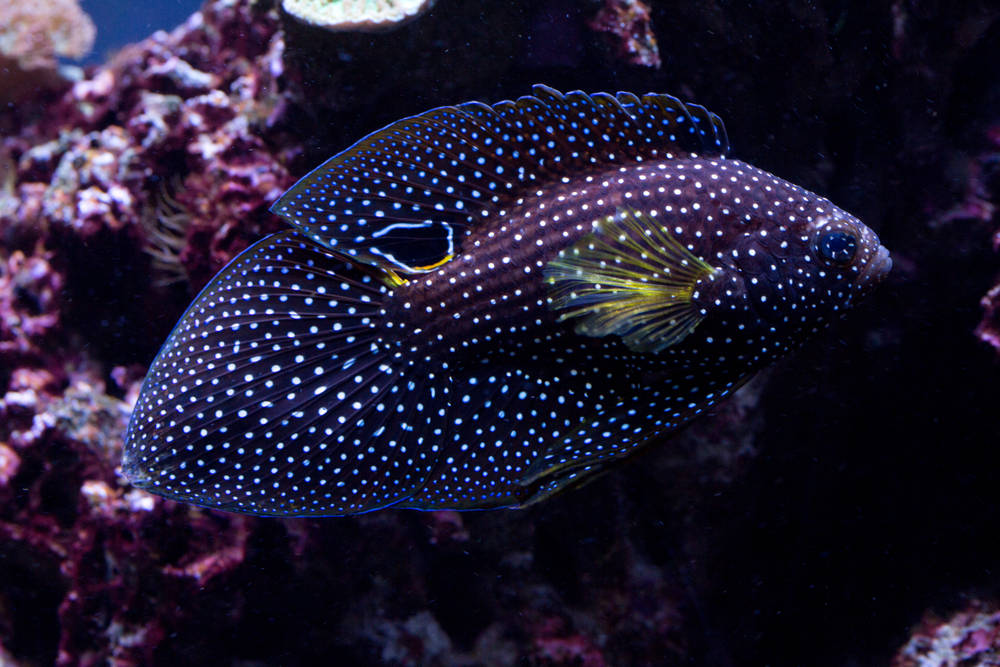
Many factors, especially human activities and interferences, threaten the thriving of betta fish in their natural habitat. In this section, we want to discuss these factors and see what conservation efforts are in place to address their impact on bettas and their natural environment.
Pollution and Habitat Loss
Pollution is one of the biggest threats to the sustainability of betta fish habitats. These ecosystems are susceptible to changes and disruptions, and human pollution piles on more of those than they can take. These activities range from the use of pesticides and runoff waste near agricultural sites that contaminate the shallow pools and slow-moving streams where betta fish thrive.
Such pollutants alter water chemistry, making conditions unfavorable for the fish. Additionally, these habitats suffer and are lost due to land development and the draining of wetlands for agriculture, further reducing living space for bettas.
Conservation Status
Specific species like Betta livida are endangered in terms of conservation status. Their populations are under threat from habitat degradation and exploitation due to the ornamental fish trade. Protection measures are crucial, and these will ideally include restrictions on betta fishing and policies to reduce pollution in the relevant areas.
Unfortunately, minimal attention has been given to the conservation needs of wild bettas in scholarly literature. Still, there are many efforts by activists, NGOs, and some GOs aimed at raising awareness and implementing measures to preserve these vibrant creatures and their natural environment.
Conclusion
In the wild, betta fish are far from the solitary creatures they often seem in pet stores. Understanding their natural habitat – shallow, warm waters teeming with plant life – allows you to create a more enriching and appropriate environment for them to thrive in our care.
So, take inspiration from the wild and create a mini-world that lets your betta’s instincts flourish.
Frequently Asked Questions
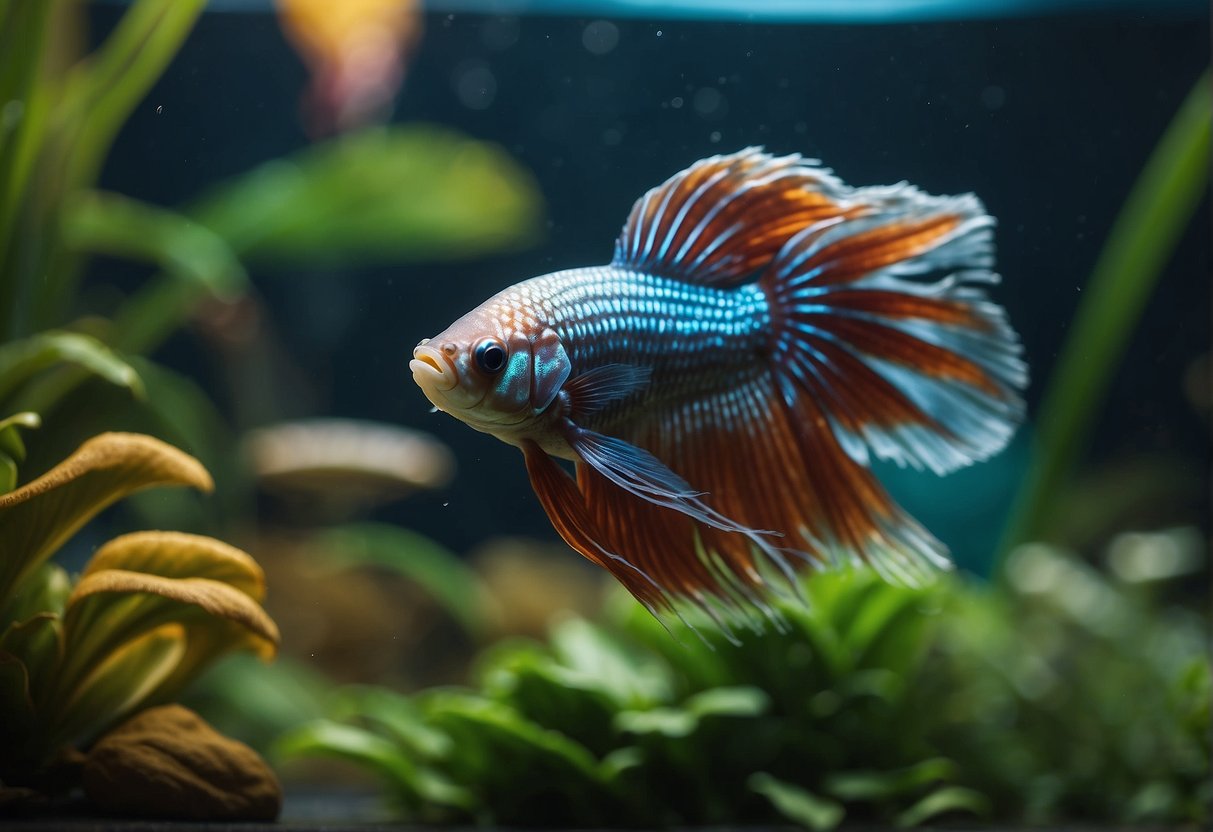
Betta fish, known for their vivid colors and elaborate fins, have fascinating behaviors and adaptations that ensure their survival in the wild. They face various challenges and have unique life cycles that differ from their experience in captivity.
How do betta fish adapt to their natural habitat?
In their natural environment, betta fish have developed the ability to breathe air directly from the surface due to the often oxygen-poor waters that they inhabit. This adaptation is facilitated by their labyrinth organ.
What are the common predators of betta fish in their wild environment?
Betta fish suffer predation from larger fish, birds, and other animals that can access the shallow waters of their habitats. Their vibrant colors, while attractive to humans, can make them more visible to potential predators.
How does the seasonal cycle affect betta fish in the wild?
Seasonal changes can influence water levels and temperatures in their habitats, affecting the availability of food and breeding opportunities. During the dry season, betta fish may experience reduced habitats and must adapt to these changing conditions.
What is the typical lifespan of a betta fish in its natural setting?
In the wild, betta fish can live up to three years or more, depending on their ability to evade predators and the quality of the environmental conditions they experience.
How does the behavior of betta fish in captivity compare to that in the wild?
In the wild, betta fish exhibit more complex behaviors, such as establishing territories and intricate courtship rituals. However, their behavior may be limited in captivity due to space and environmental differences.
What are the breeding habits of betta fish in the wild?
During breeding, male betta fish build bubble nests where the female will lay her eggs. The males then guard and care for the eggs until they hatch, displaying nurturing behaviors rare in fish.

Ian Sterling, founder of Fishlab.com, began his aquarium journey over 30 years ago, driven by a deep fascination for fish and their diverse personalities. His website, Fishlab.com, is dedicated to making fishkeeping accessible and enjoyable, offering beginner-friendly guidance, expert insights, and a community for aquarists to connect and share experiences.


